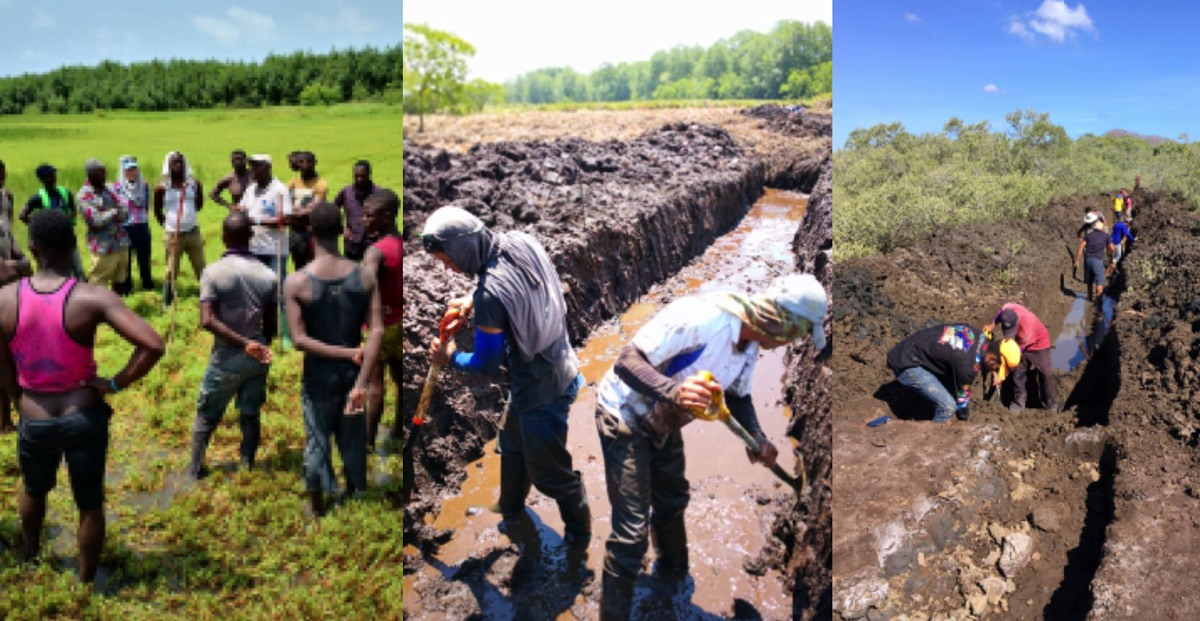The first field visit to the Cuajiniquil and Térraba-Sierpe sites took place in August 2018. This was an opportunity to inspect the reference sites and areas to be restored prior to installing field monitoring equipment.
A second visit to the sites was made at the end of November/early December 2018 to install Thalimedes sensors to determine the behaviour over the hydro-electric period and the soil topography. Soil samples were taken from the restoration area, especially in Térraba-Sierpe. A visit was also made to the Pitahaya region to identify a potential site for restoration.
20 December 2018: the project’s first steering committee meeting in Costa Rica
The first phases of the restoration work include an assessment of the local environment:
• Selection of restoration areas and a reference area for data calibration
- Analysis of the restoration and reference area’s environmental conditions
- Monitoring of the physicochemical conditions of interstitial water
- Analysis of the physicochemical parameters of the sediment
- Analysis of forest structure and physiognomic types of the reference forests
- Primary productivity (leaf-litter production and phenological behaviour)
- Biomass and carbon in reference forests (quantification of carbon accumulated in the soil)
- Methane concentration in the restoration region and a forest dominated by Rhizophora mangle.


